Question
Who was behind the July 2016 Turkish coup attempt?
29 Jan, 2017Hypotheses
Calculated Conclusions
Conclusions
1
2
3
Summary
On the evening of July 15, 2016, the world was surprised by news of a military coup in process in Turkey. Top politicians, including President Recep Tayyip Erdogan himself, and heads of the military and police were attacked or detained, media outlets were taken over, and armed soldiers took over the streets. After President Erdogan issued a call to action using his mobile phone, Turkish civilians streamed onto the streets and confronted the Turkish military, ultimately thwarting the coup. In the aftermath of the coup attempt, the Turkish government blamed
Turkey has a history of coups, typically being led by the military, with the stated goal of upholding
Rootclaim’s analysis finds that it is highly likely that Kemalists in the Turkish military were behind the Turkish coup attempt.
As always, this conclusion is based on a mathematical integration of many pieces of evidence and inputs, including:
-
As a starting point, the likelihood of Kemalists being behind the coup attempt is around 75%, since every confirmed coup attempt in Turkish history until 2016 had involved Kemalists.
-
The fact that the group referred to itself both publicly and privately using
Kemalist quotes and ideas (but not religious or Gulenist values) raises the likelihood that it was in fact aKemalist group. -
The scale of the attack, including tanks and planes, and leading to hundreds of Turkish citizens injured or killed, lowers the likelihood that this was a false-flag attack.
-
The combination of certain details, such as prior arrests and targeting of Gulenists by the Turkish government and the multiple references to
Kemalism by the alleged coup organizers, makes it more difficult to establish a plausible explanation for the false-flag hypothesis (neither an explanation that the government planned in advance to target Gulenists nor one in which the government planned to blame Kemalists and then changed its strategy fully satisfies all of the evidence). -
Several aspects of the coup point towards it being a well-orchestrated false-flag operation, such as multiple near-successful attempts on President Erdogan’s life, air force engagement without any plane shot down, and the coup’s failure. However, these are offset by the rest of the evidence.
Key Evidence
Contribution
The coup organizers called themselves the Peace at Home Council and referenced restoring secularism and democratic rule of law.
The Whatsapp group used by the coup organizers was called "Yurtta sulh" ("Peace at Home," a reference to
Turkish intelligence had decoded millions of messages by Gulenists prior to the coup attempt without discovering a coup plot.
Analysis
Evidence
Starting Point (1 item)
Lead-up to the coup (5 items)
In April 2016, Ismail Kahraman (a top
Ex-Gulenists talk of a plan to infiltrate the military and state institutions clandestinely.
Turkish intelligence had decoded millions of messages by Gulenists prior to the coup attempt without discovering a coup plot.
The government was planning to increase its purge of Gulenists in August 2016.
Two months before the coup attempt, US intelligence discussed coup possibilities with Turkish officials.
Peace at Home Committee (4 items)
It took more than an hour before a statement was read on behalf of the coup organizers (via a local news anchor, not a spokesperson for the group).
The coup organizers called themselves the Peace at Home Council and referenced restoring secularism and democratic rule of law.
Coup organizers created a Whatsapp group at 9:15 PM and began adding key contacts (not all of whom knew one another).
The Whatsapp group used by the coup organizers was called "Yurtta sulh" ("Peace at Home," a reference to
The coup (9 items)
The coup started in the early evening.
Social media access was restricted during the coup attempt.
President Erdogan left his hotel minutes before hostile troops arrived looking for him.
Rebel F-16s locked their radar on President Erdogan's plane during the coup but never fired.
Pro-coup and pro-government fighter jets engaged one another over Ankara and Istanbul, but no planes were shot down.
The coup failed.
Domestic reaction (5 items)
Turkey's four main political parties (including the three largest opposition parties) condemned the coup attempt.
Upon arrival at Ataturk Airport (with the coup still ongoing), President Erdogan called the coup a "gift from God" that would help Turkey clean out "members of this gang" from the army.
Turkey banned Islamic funerals for dead coup supporters (burying them unceremoniously in a special "traitors' cemetery" instead).
President Erdogan claimed that a soldier holding Chief of the General Staff General Hulusi Akar had offered to put Akar in touch with
International reaction (4 items)
Two weeks after the coup attempt, Turkey blamed the US and foreign powers for organizing and supporting the coup by refusing to extradite
A leaked European Union intelligence report concluded that
Arrests (7 items)
In response to the coup attempt, the Turkish government detained or fired tens of thousands of military and police officers, judges, education and other government workers.
Among those arrested were the pilots who downed a Russian plane in November 2015.
Lieutenant Colonel Levent Turkkan, one of the officers involved in the coup, claimed during his interrogation to have been a committed Gulen supporter and to have carried out surveillance assignments for other Gulen supporters.
The post-coup purge in Turkey broke international (and Turkish) law and wasn't a justified response to the coup attempt (according to the Venice Commission).
In February 2017, Turkey went through another round of purges including academics, security officers and other public servants.
At least 15 people accused of participating in the coup committed suicide in the two months afterwards.


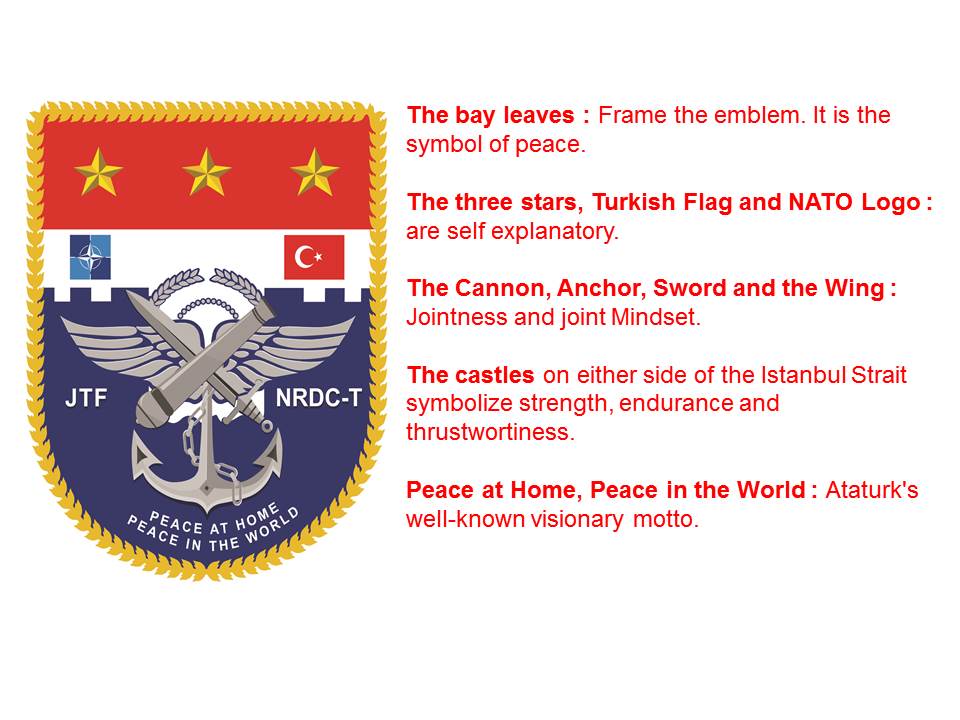
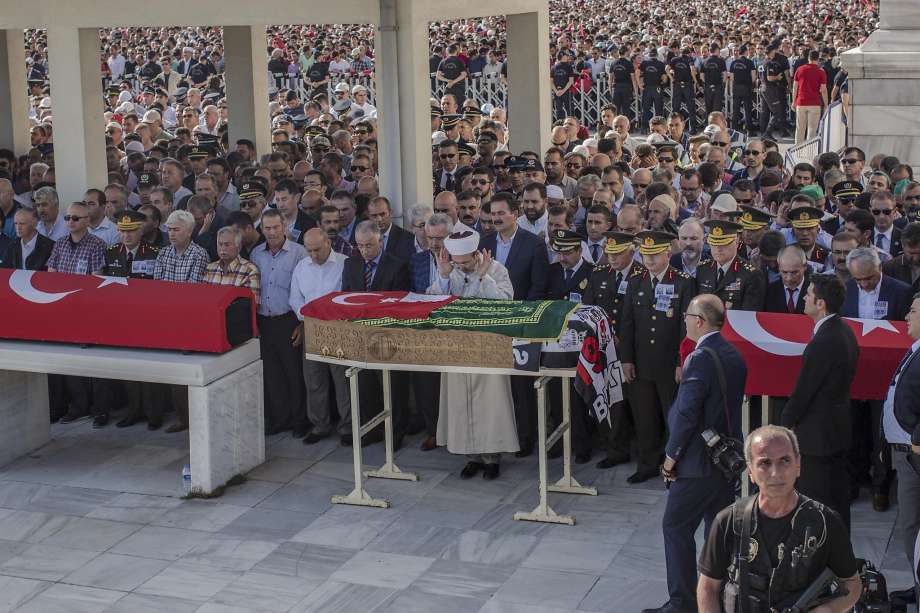


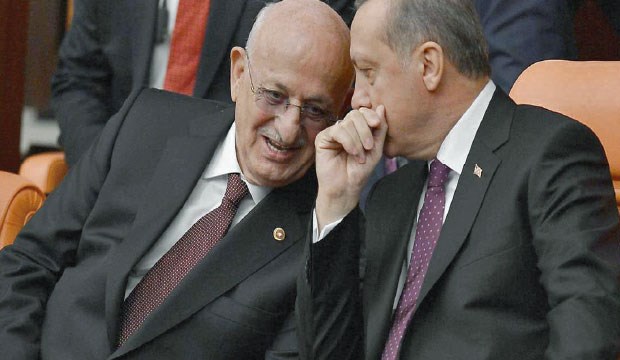

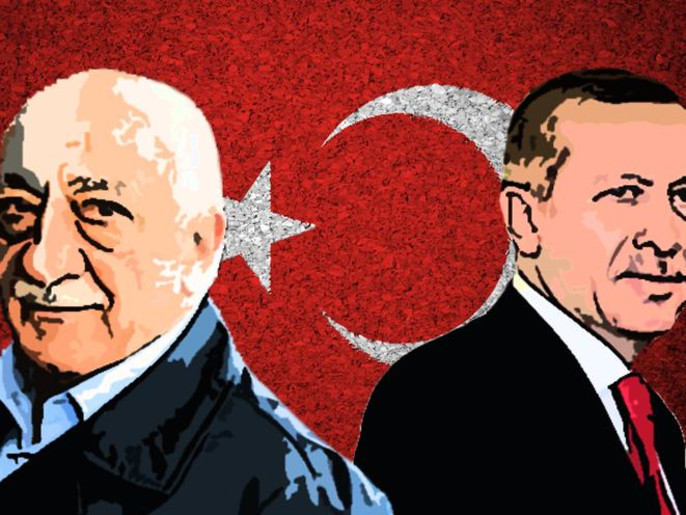
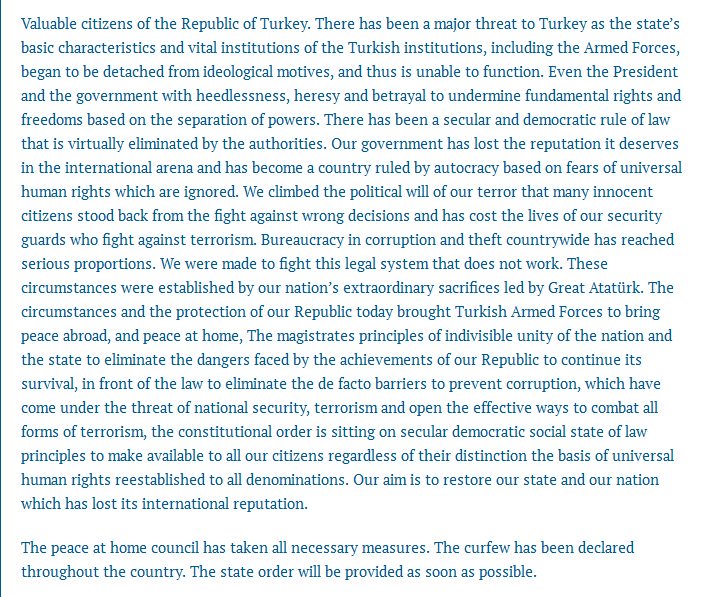
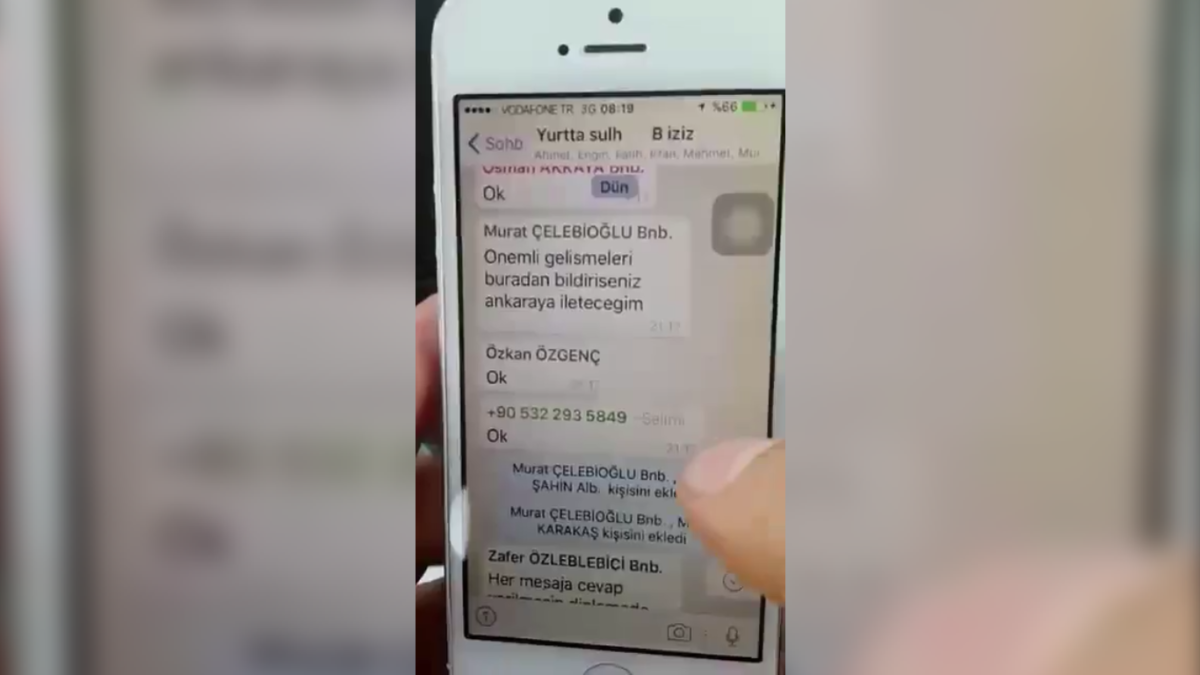




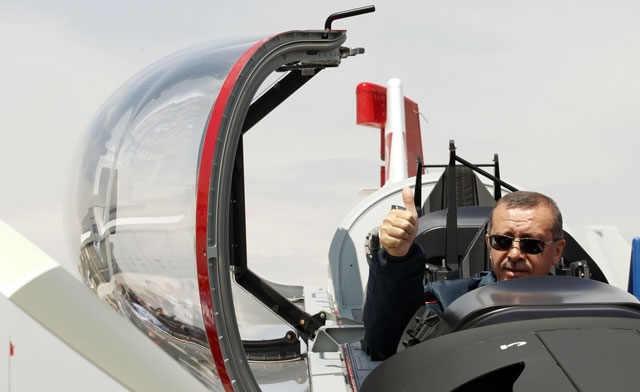
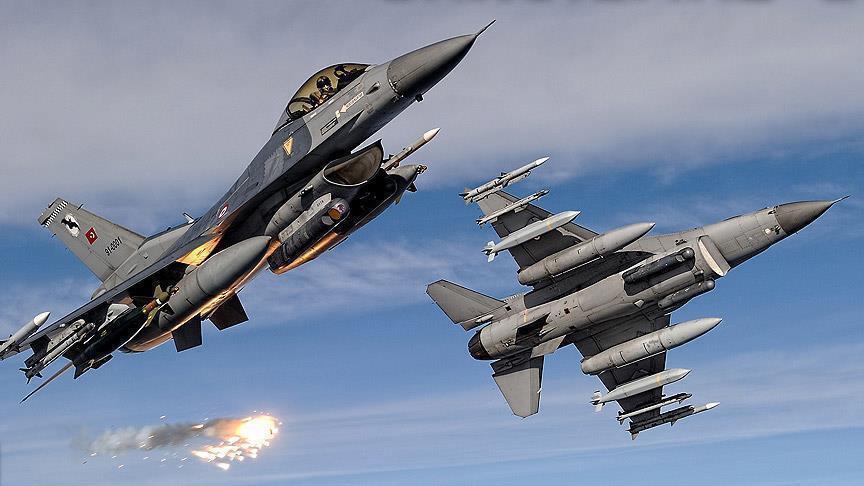

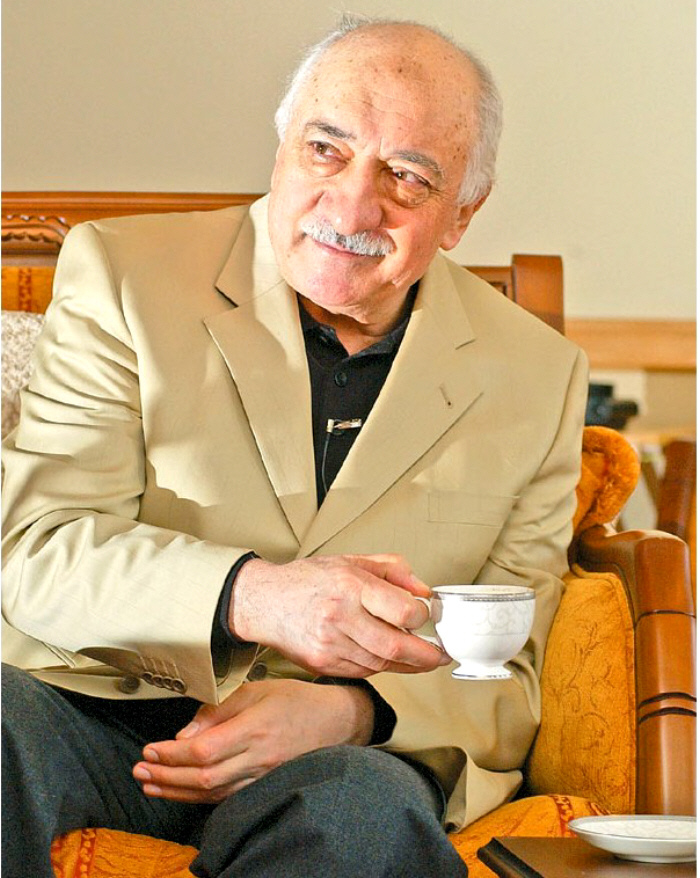
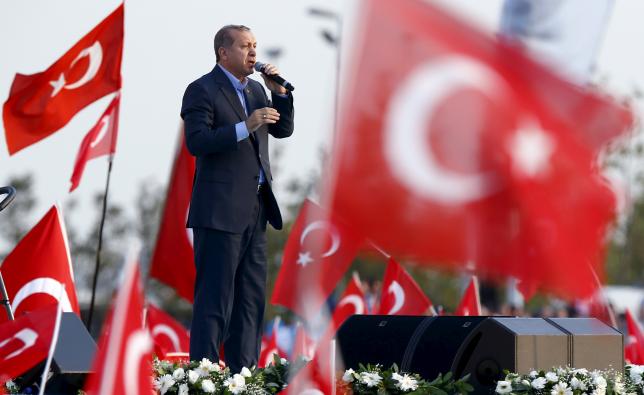
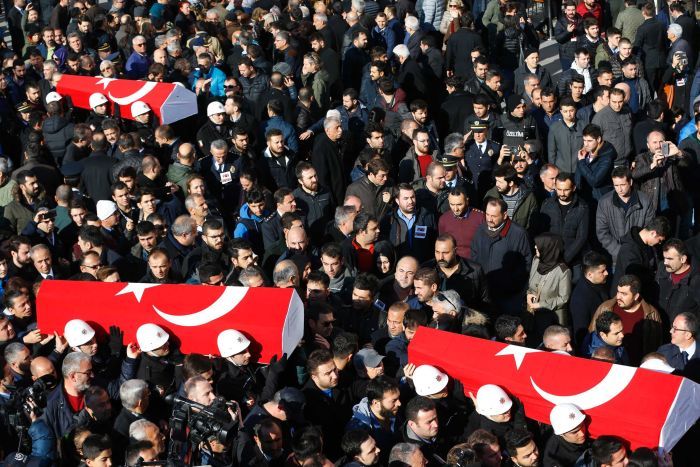


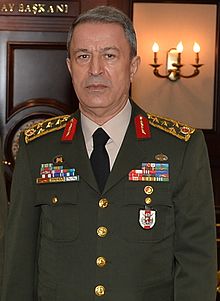
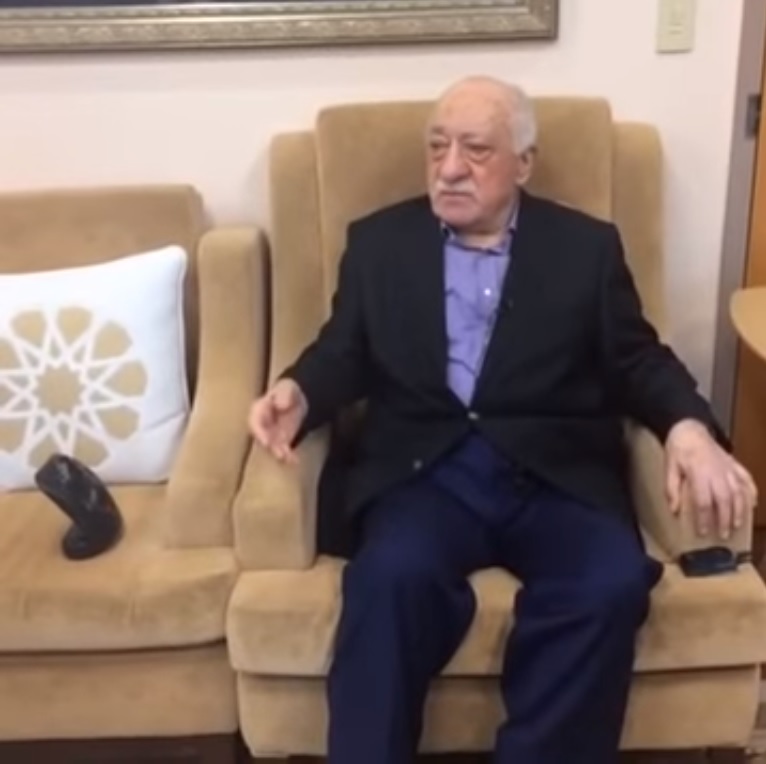
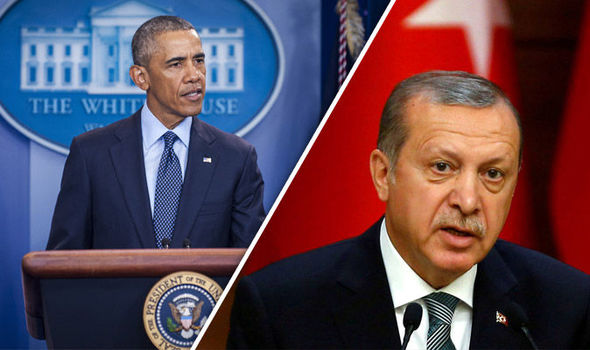
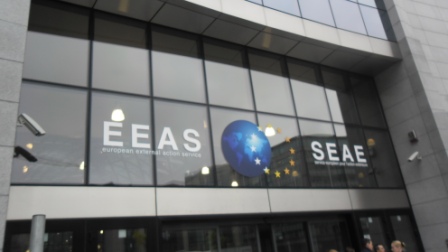
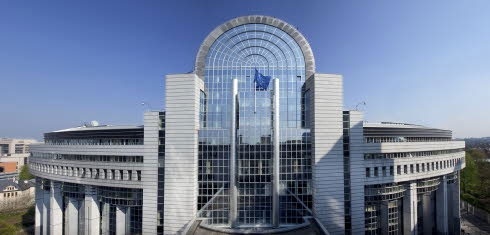
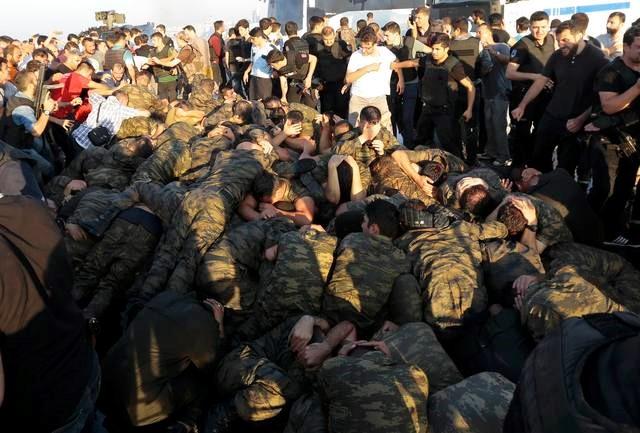




Discussion
The coup organizers called themselves the Peace at Home Council and referenced restoring secularism and democratic rule of law.
The coup organizers called themselves the Peace at Home Council and referenced restoring secularism and democratic rule of law.